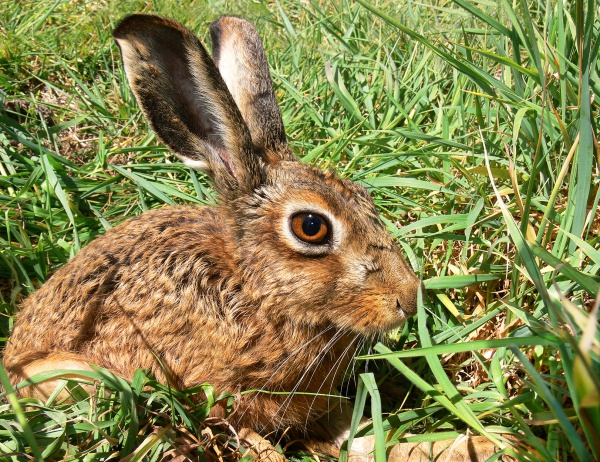Facts About Cape hare
The Cape hare, also known as the desert hare, is a remarkable species native to Africa, Arabia, and parts of India. These hares are easily identified by their powerful legs, which make them excellent leapers and swift runners. They also possess large eyes and ears, which are well-suited for detecting potential threats, and their soft fur ranges in color from light brown to sandy grey. Notably, female Cape hares are larger than their male counterparts.
Cape hares exhibit remarkable adaptability when it comes to their habitats. They can be found in a range of environments, including macchia-type vegetation, grasslands, bushveld, the Sahara Desert, semi-desert regions, and even the Ethiopian highlands, such as Degua Tembien. They are nocturnal herbivores, meaning they are active at night and feed primarily on grasses and shrubs. One intriguing behavior they share with other rabbits and hares is coprophagy, the practice of consuming their own feces to maximize nutrient absorption from their food.
These hares are incredibly fast and can evade nearly all predators, except for the cheetah. Predators like leopards, caracals, and black-backed jackals must rely on stealthy ambush tactics to catch them. Female Cape hares have a gestation period of approximately 42 days and can give birth to one to three offspring, known as leverets, per litter. They can produce up to four litters a year. Unlike rabbits, hare babies are born with their eyes open and are capable of moving around shortly after birth.

 Hungary
Hungary